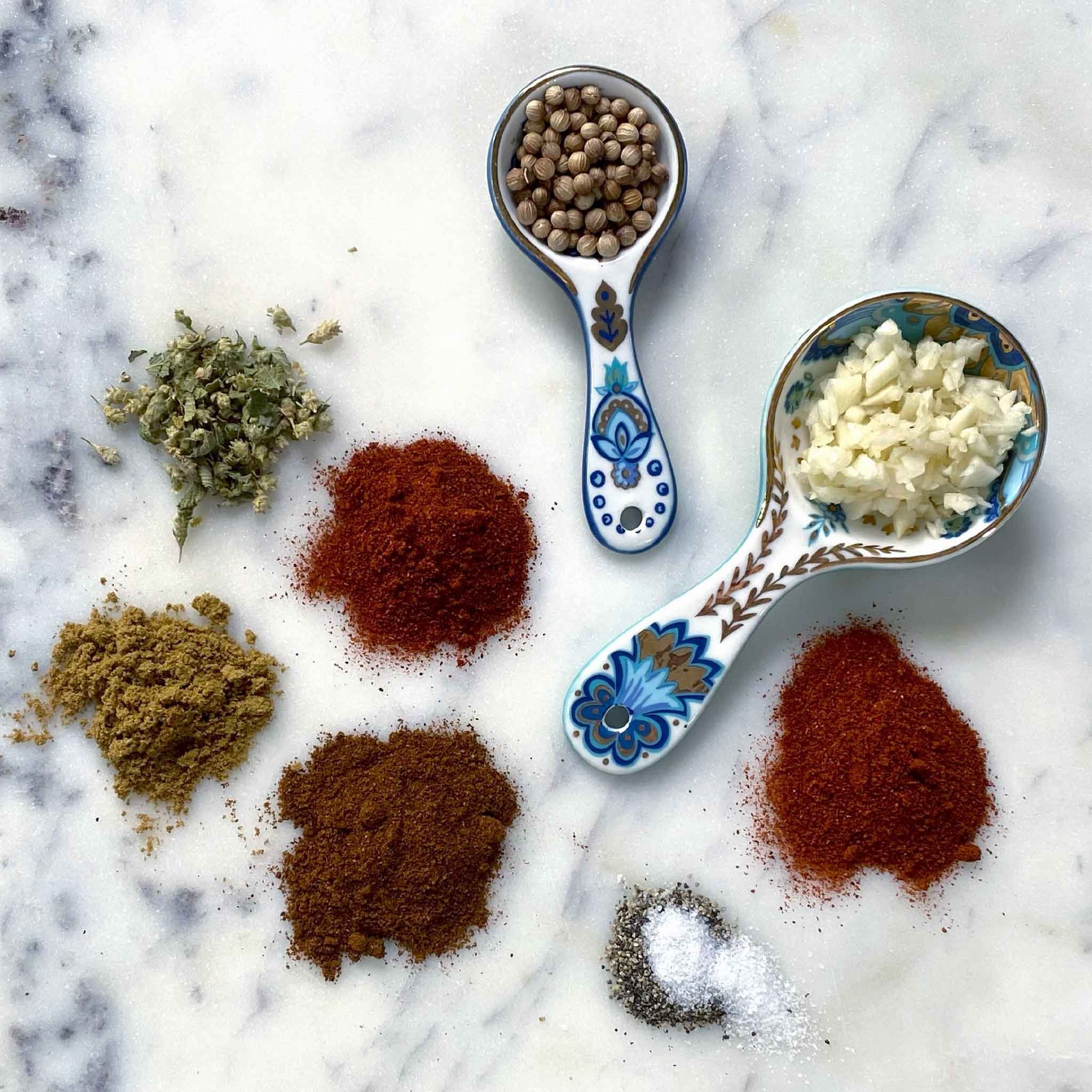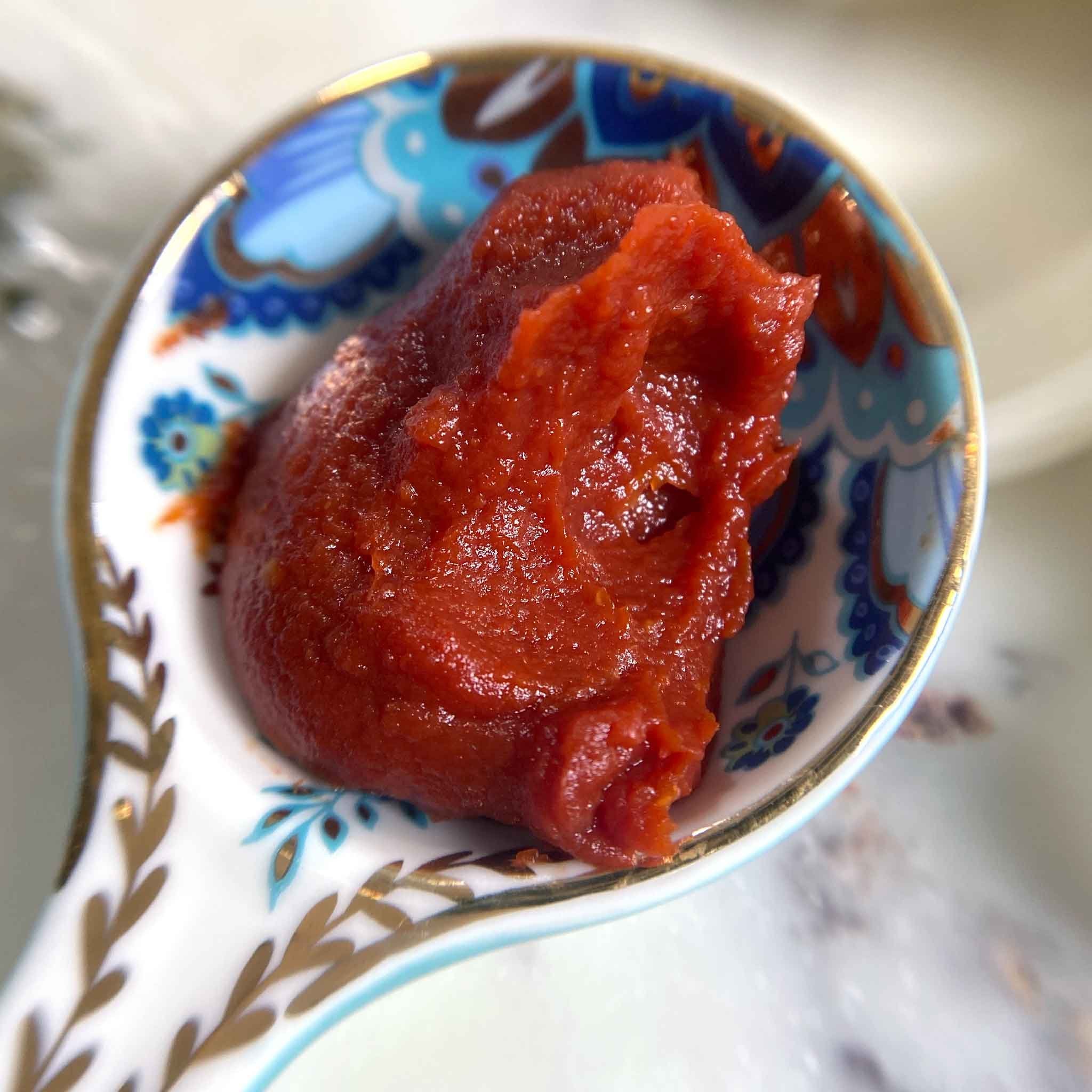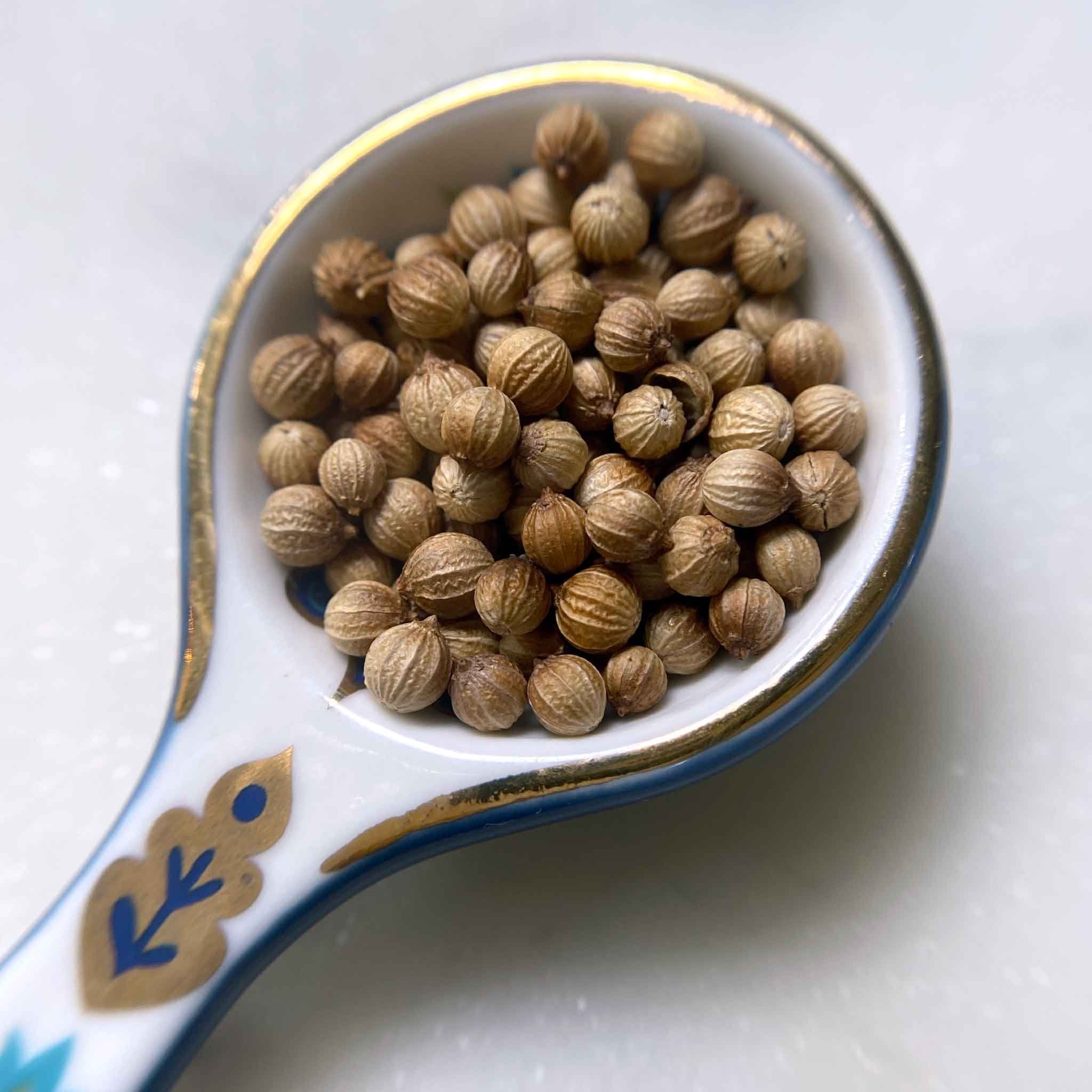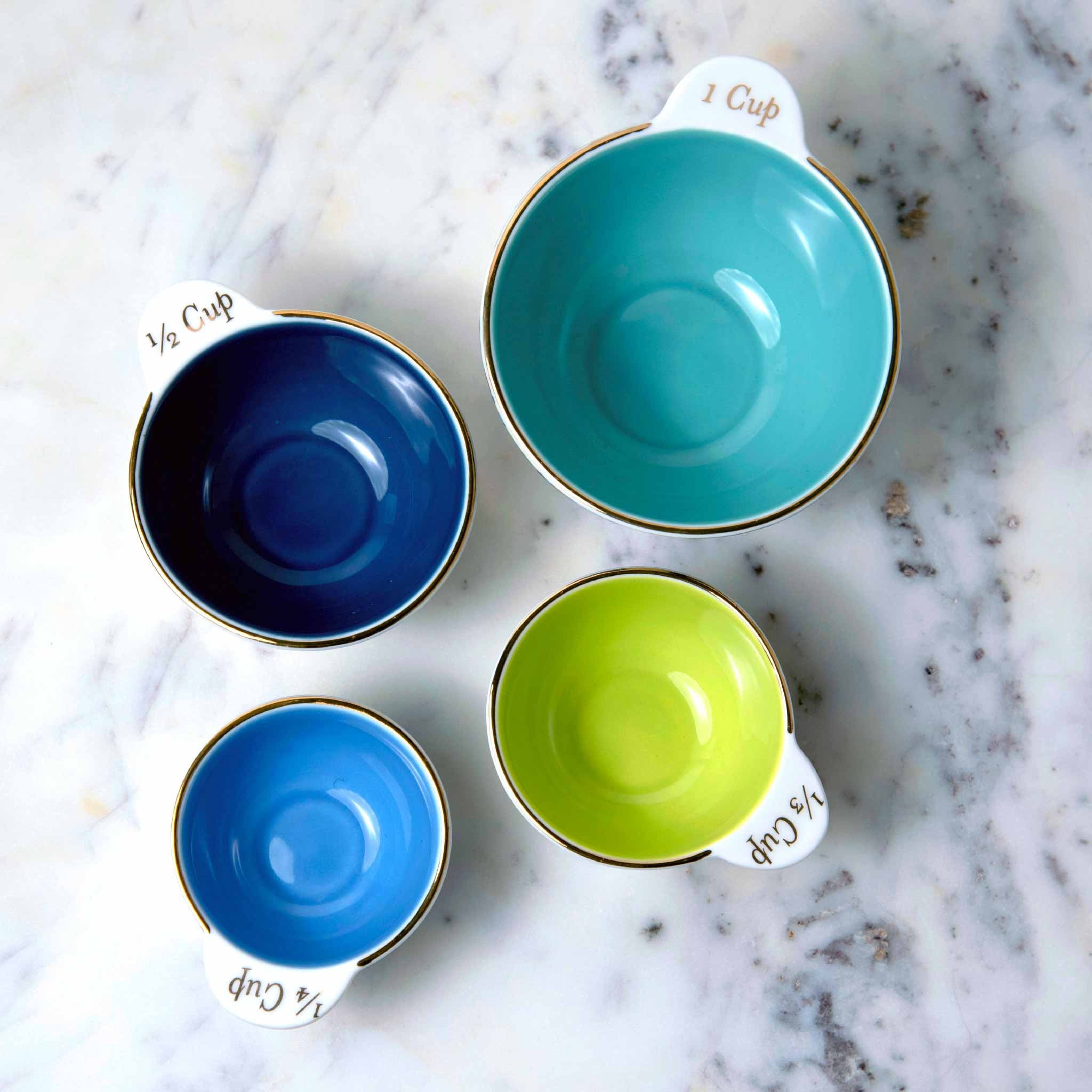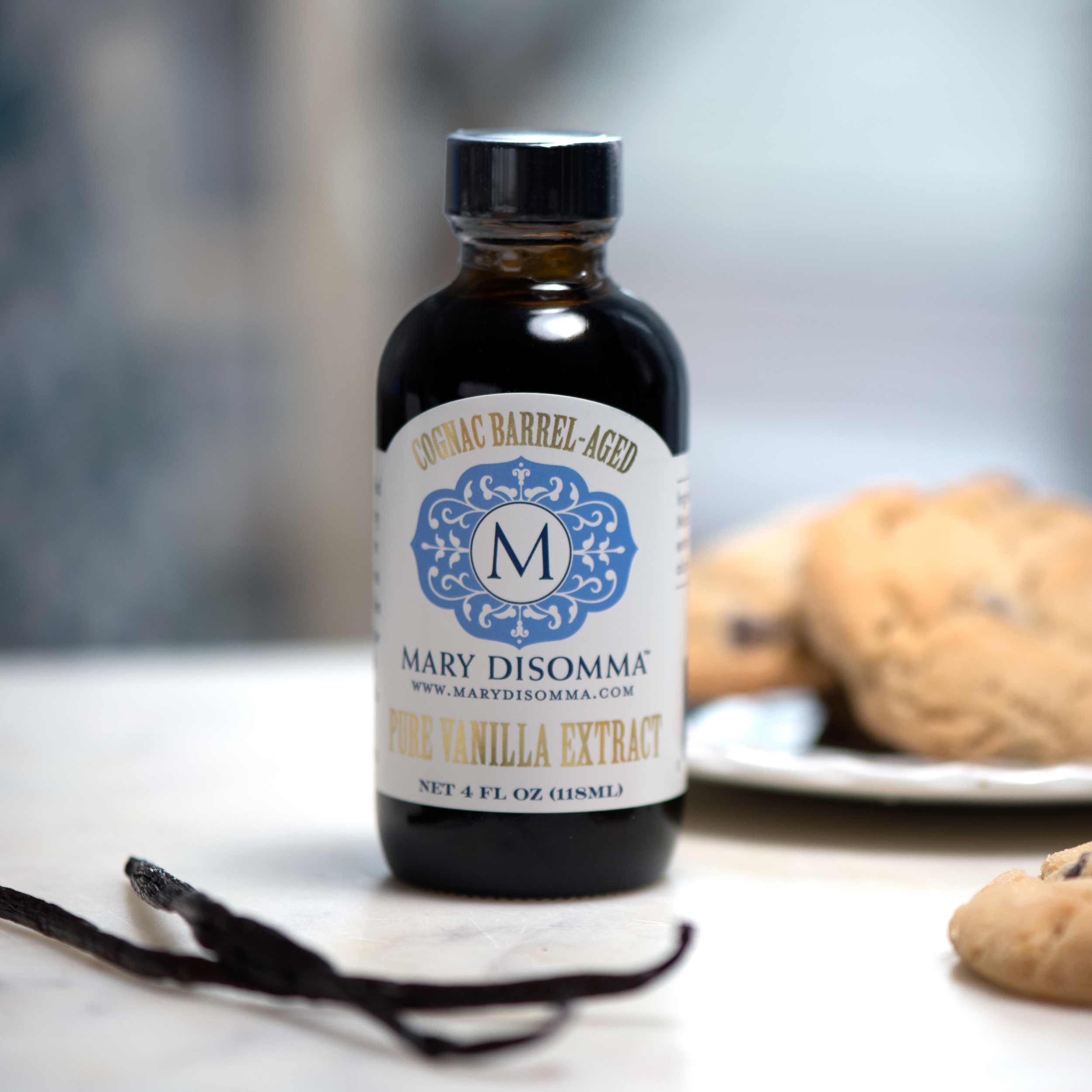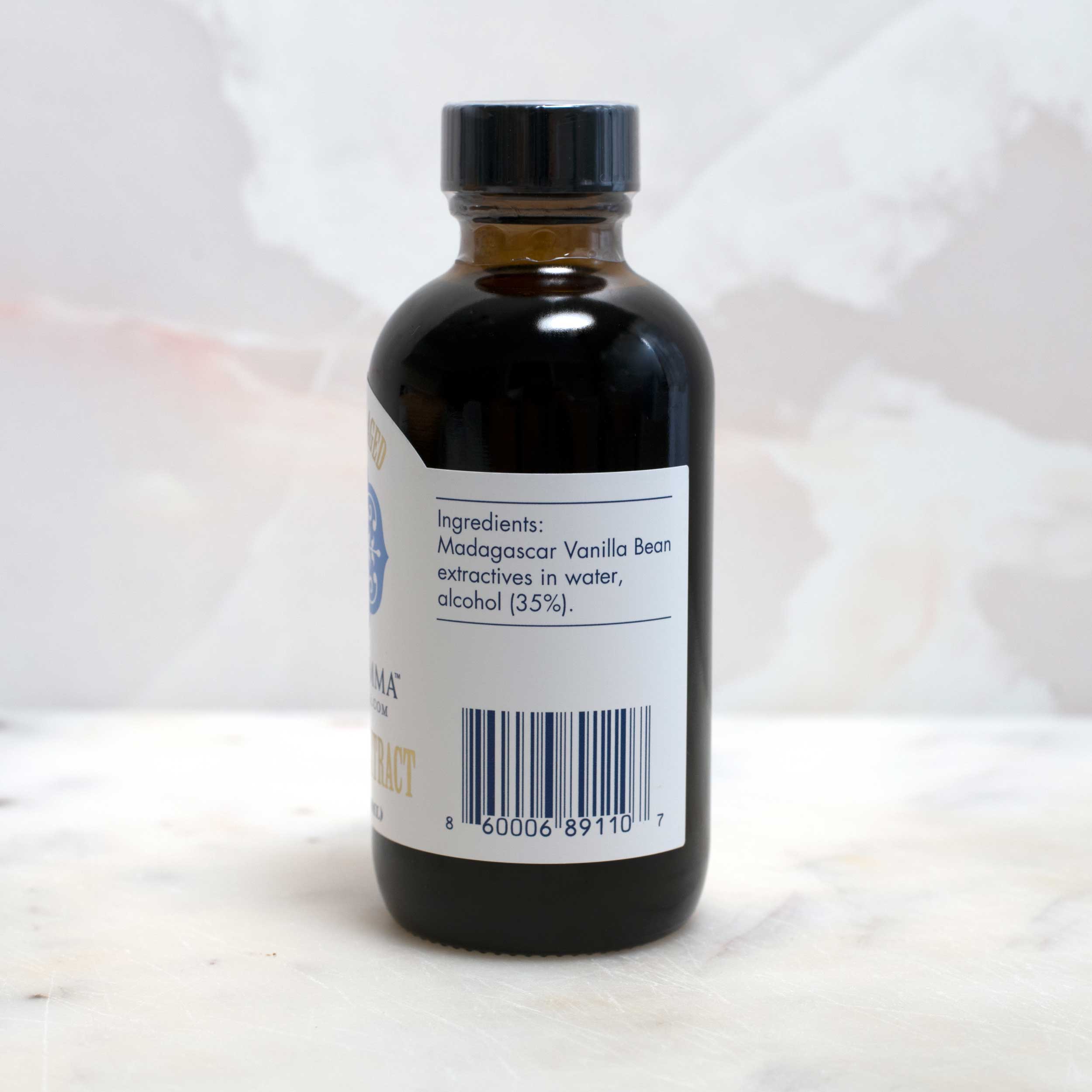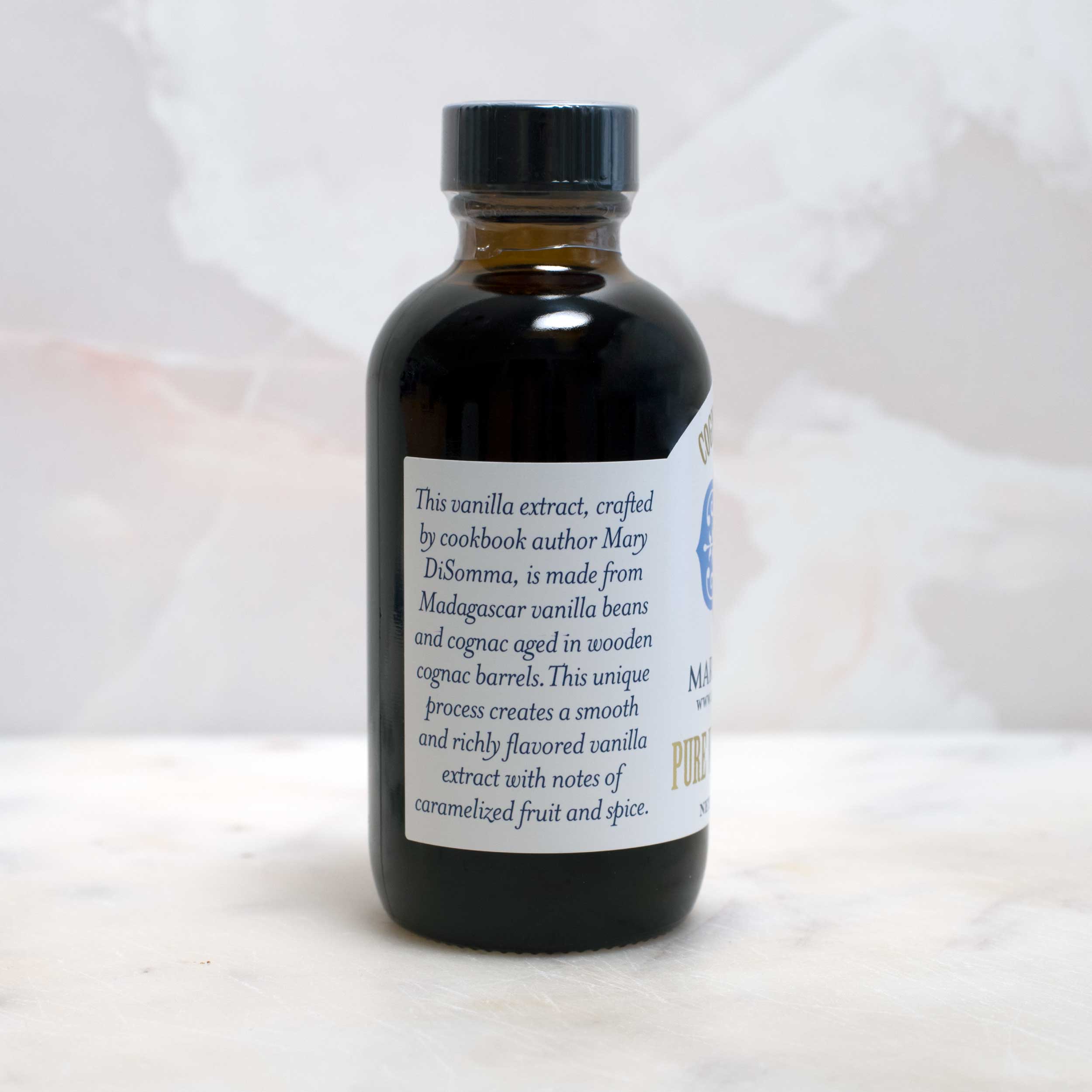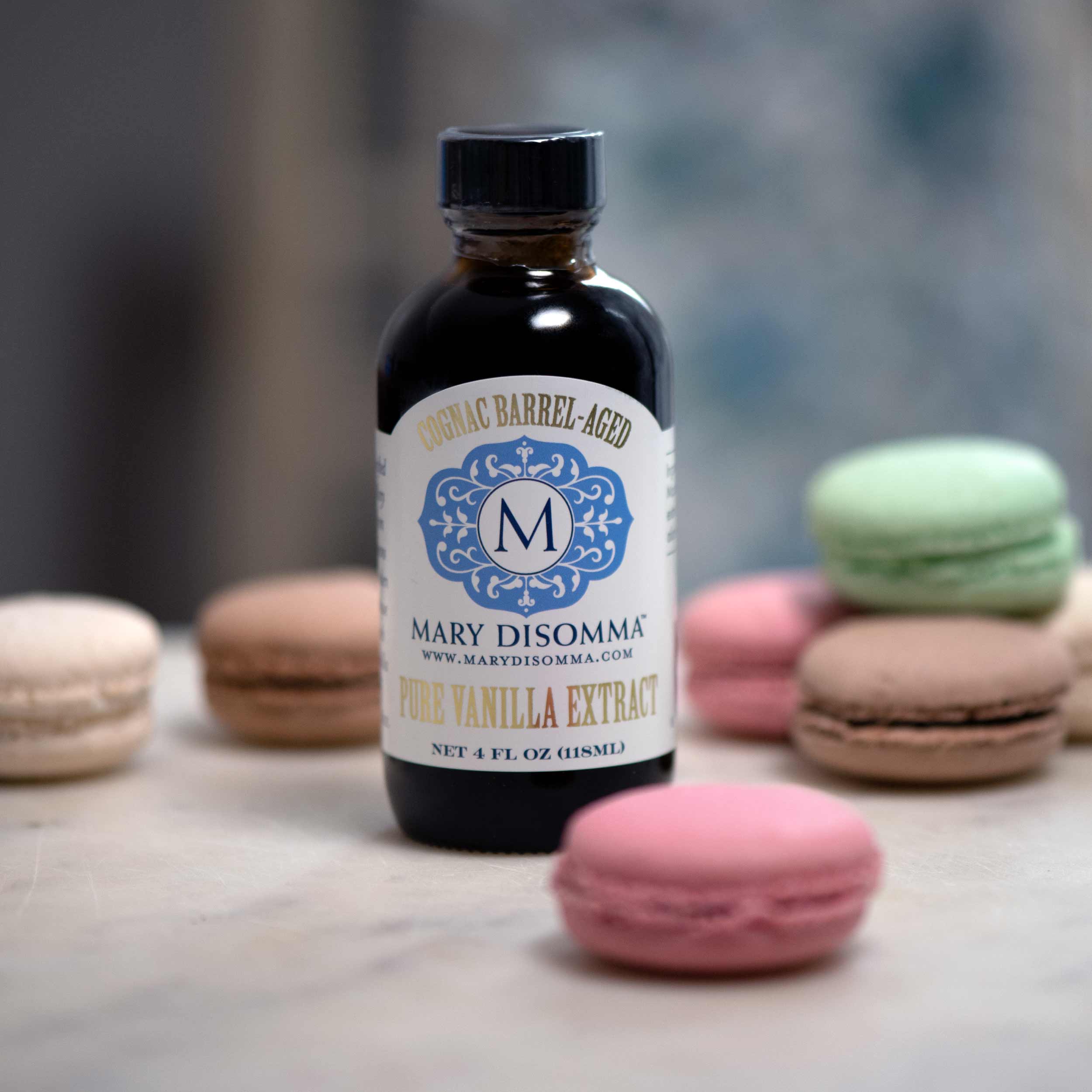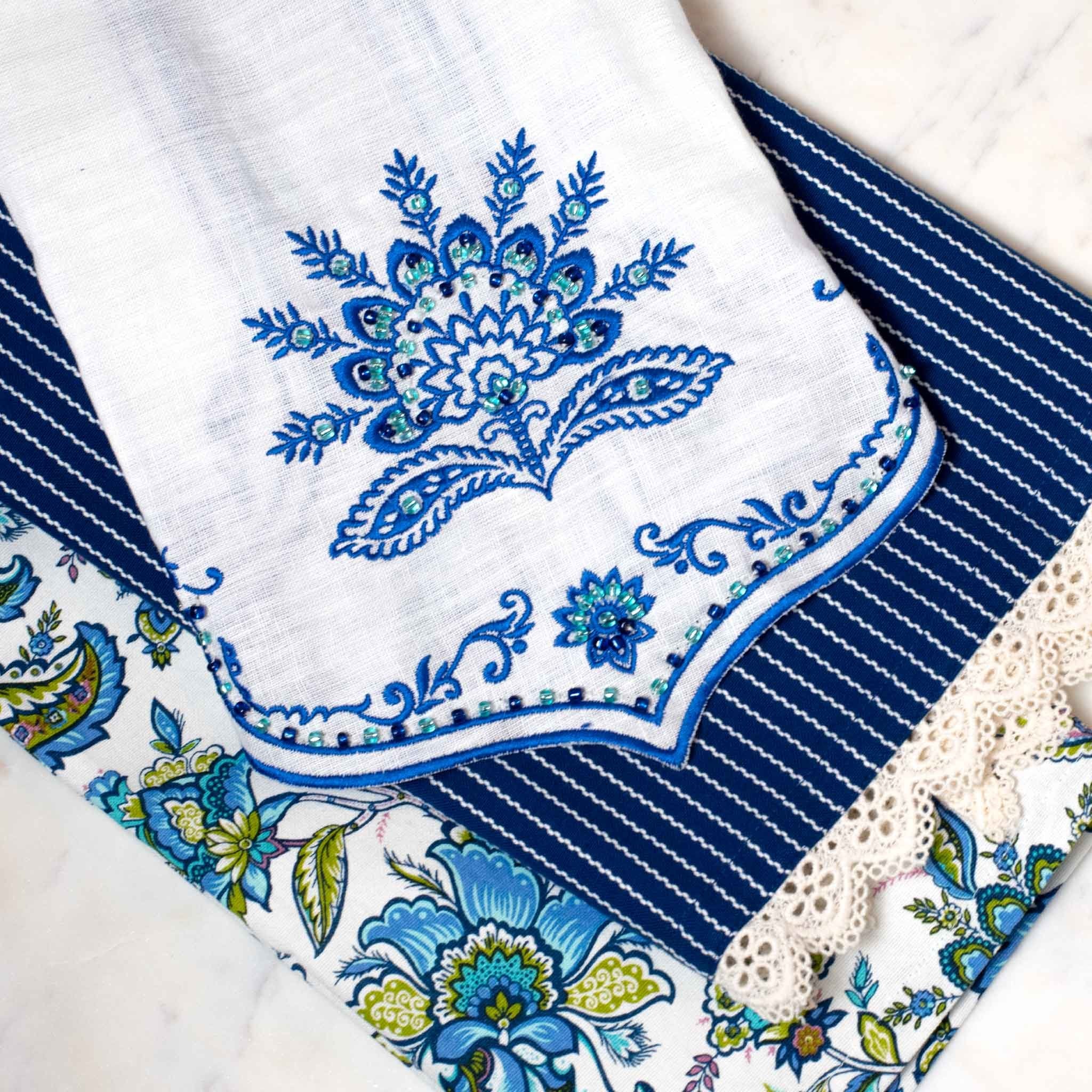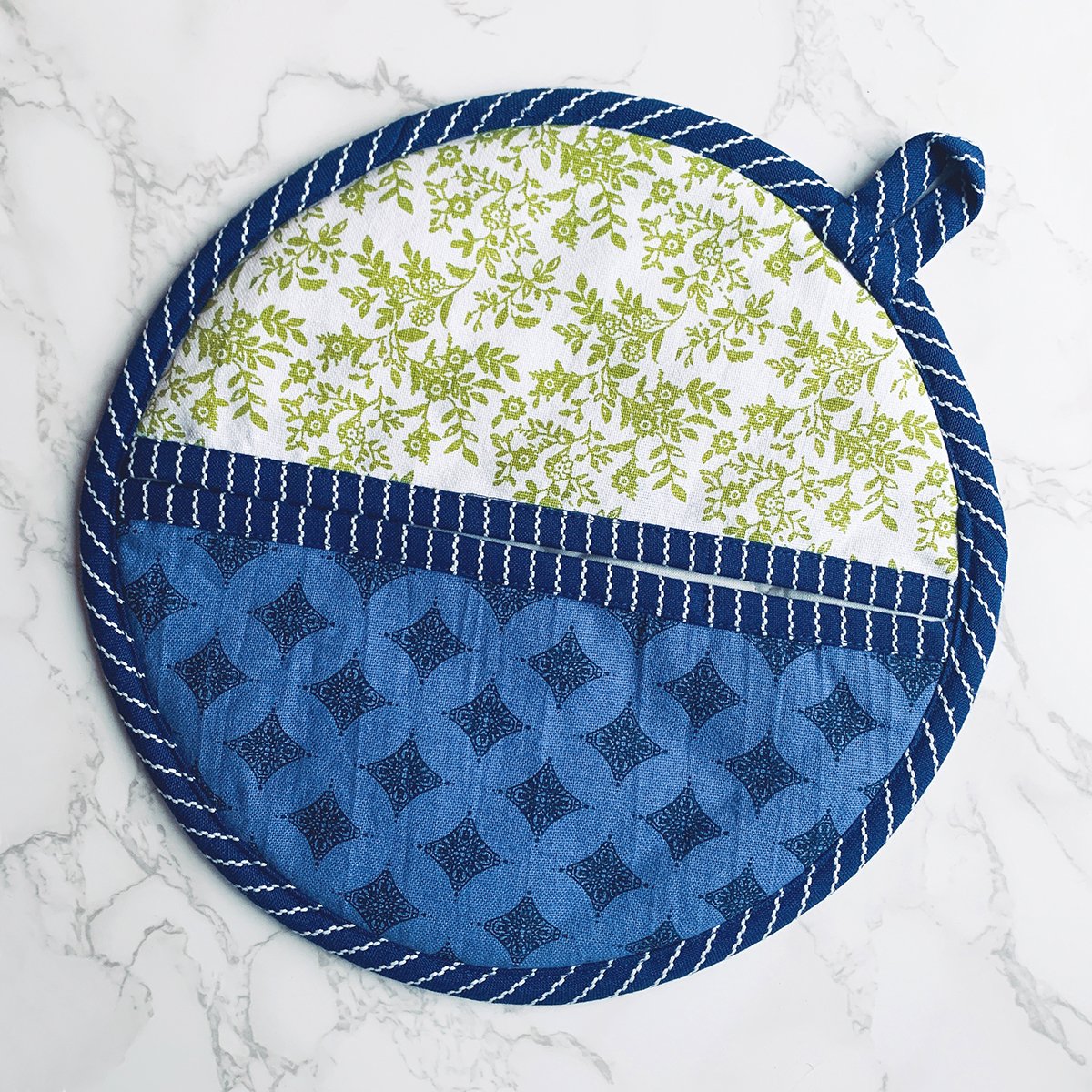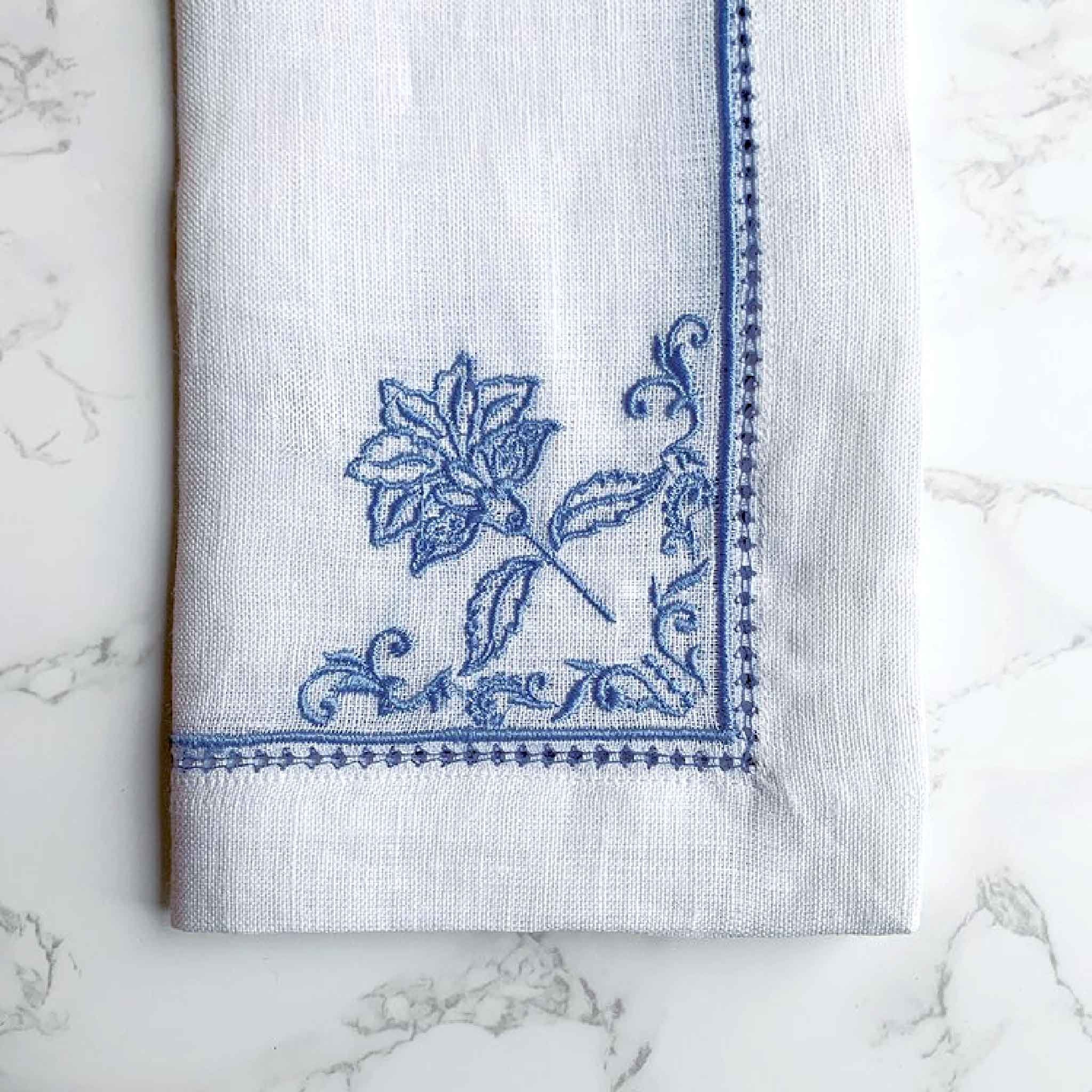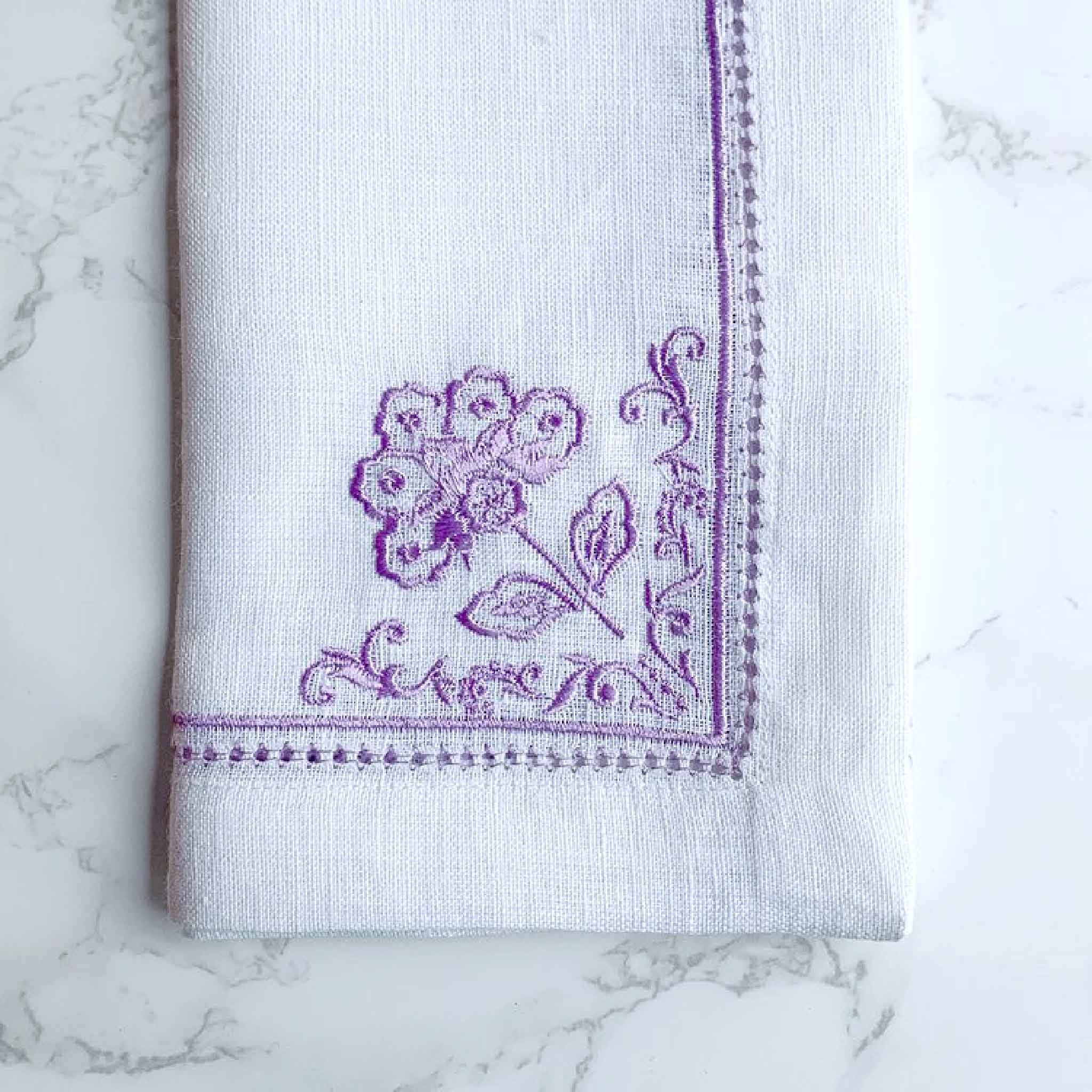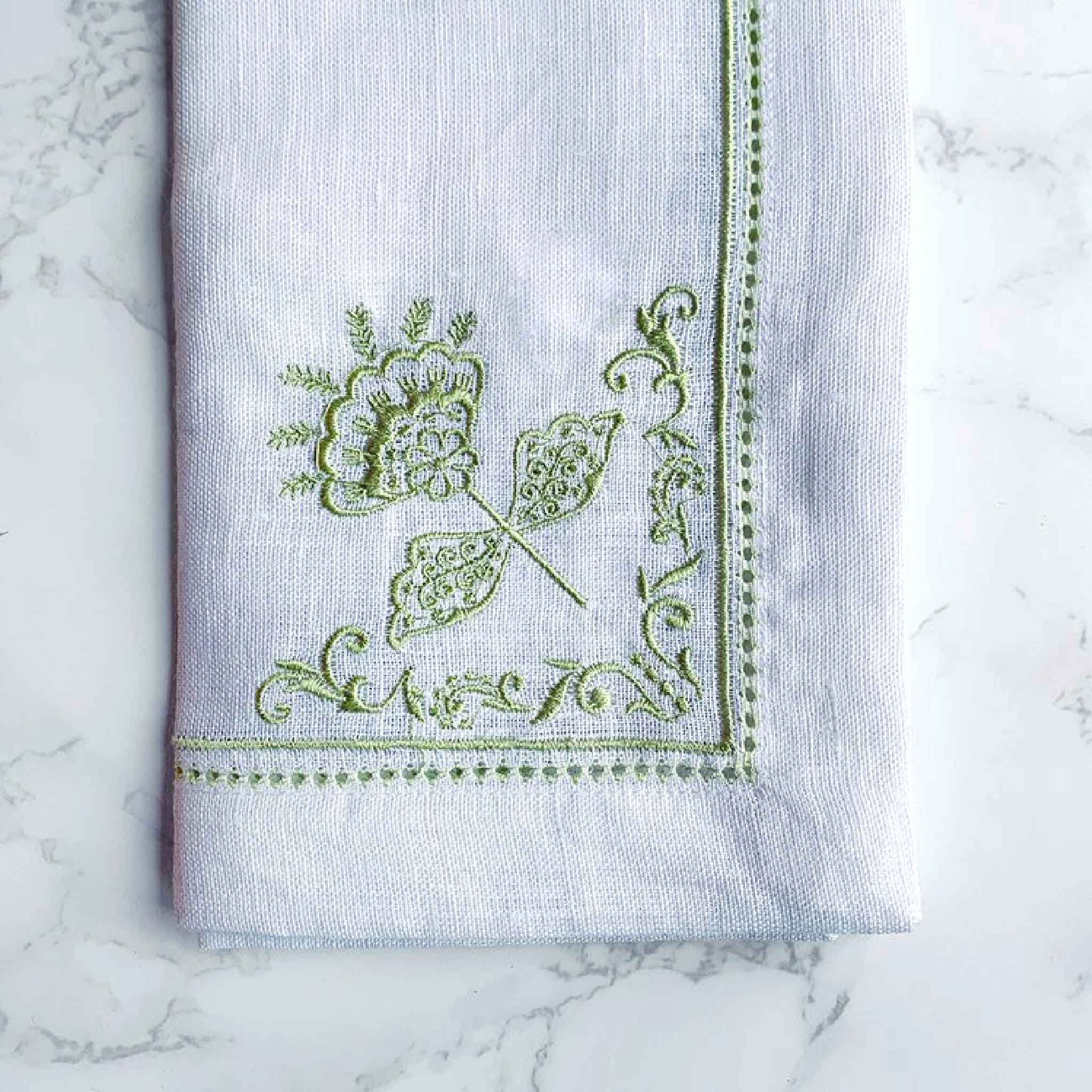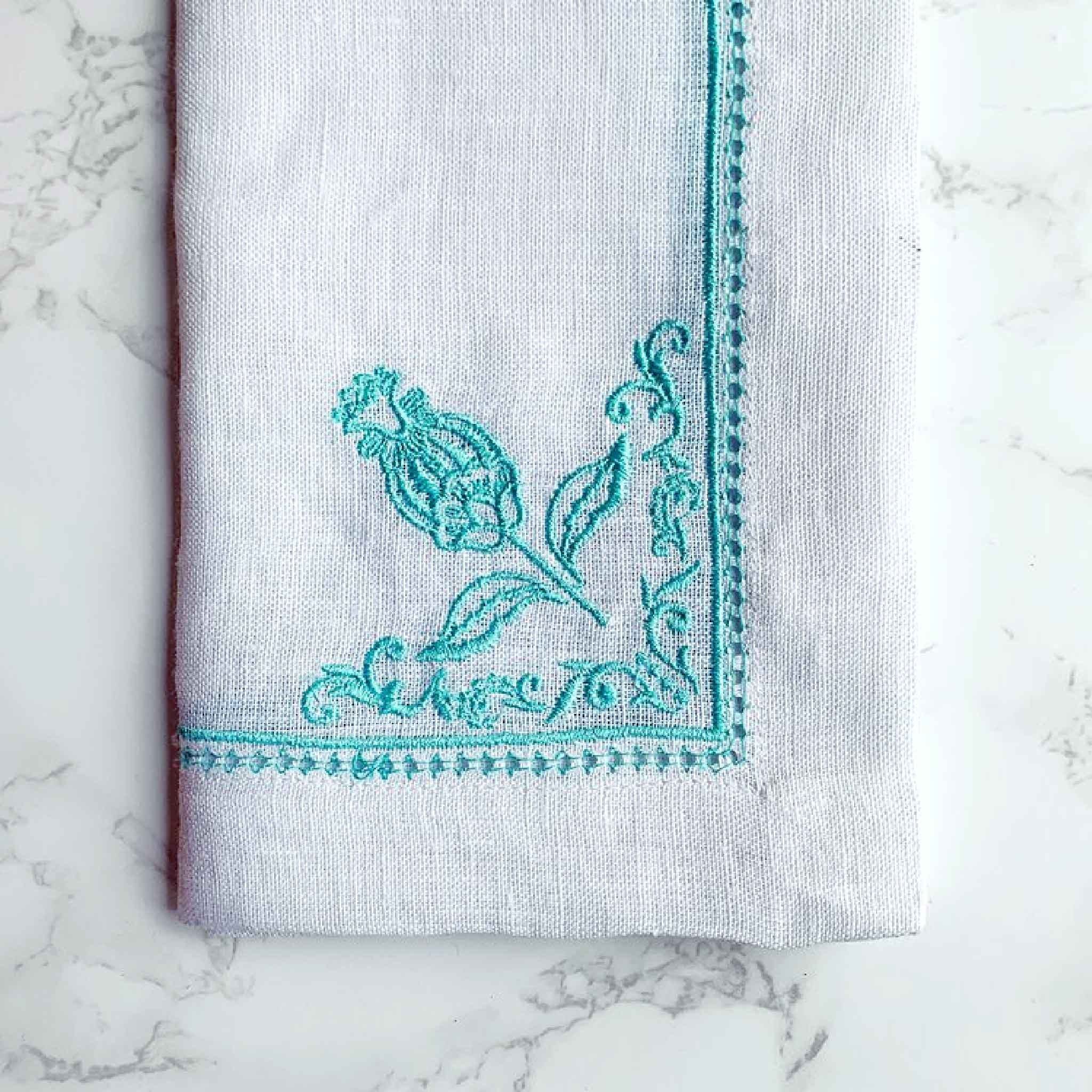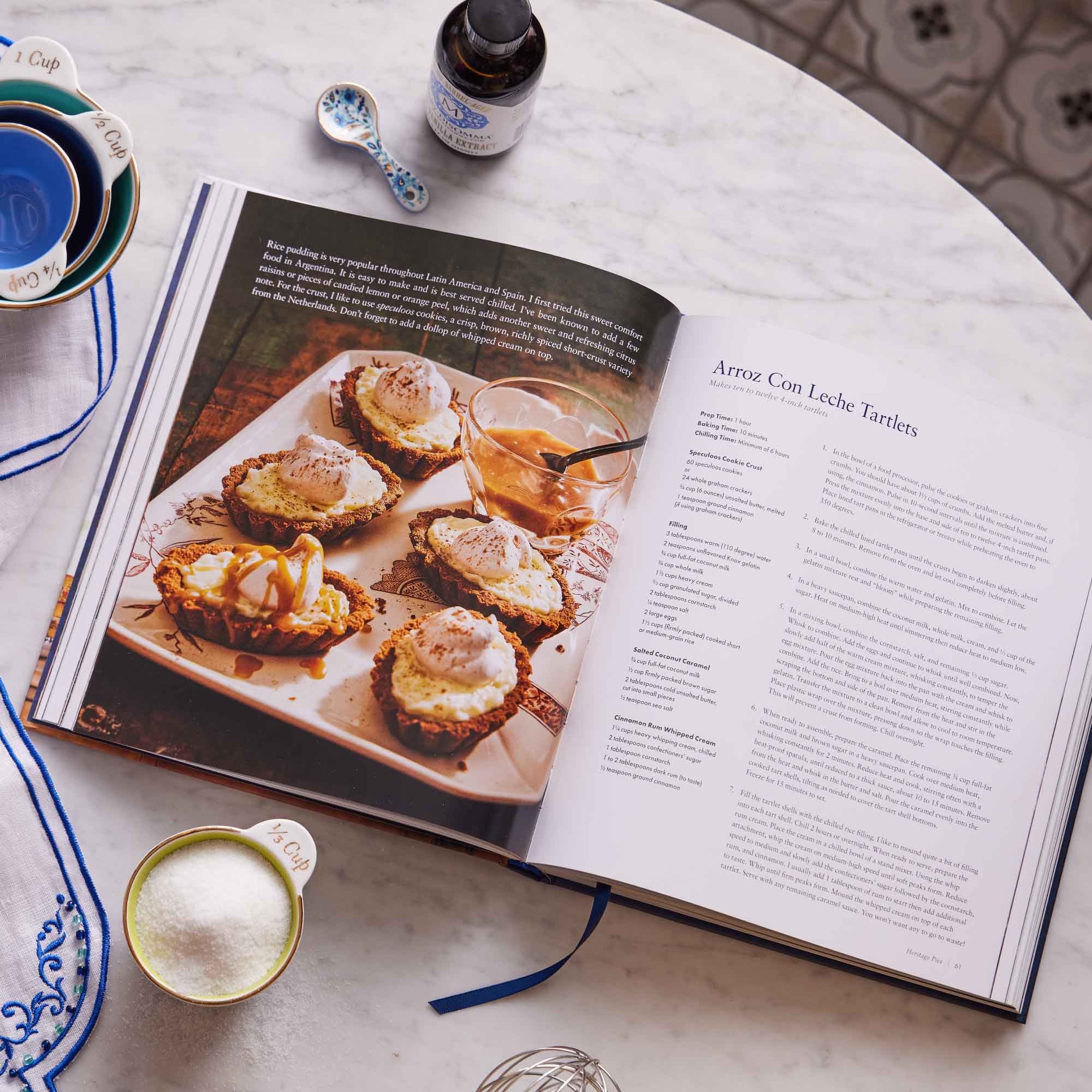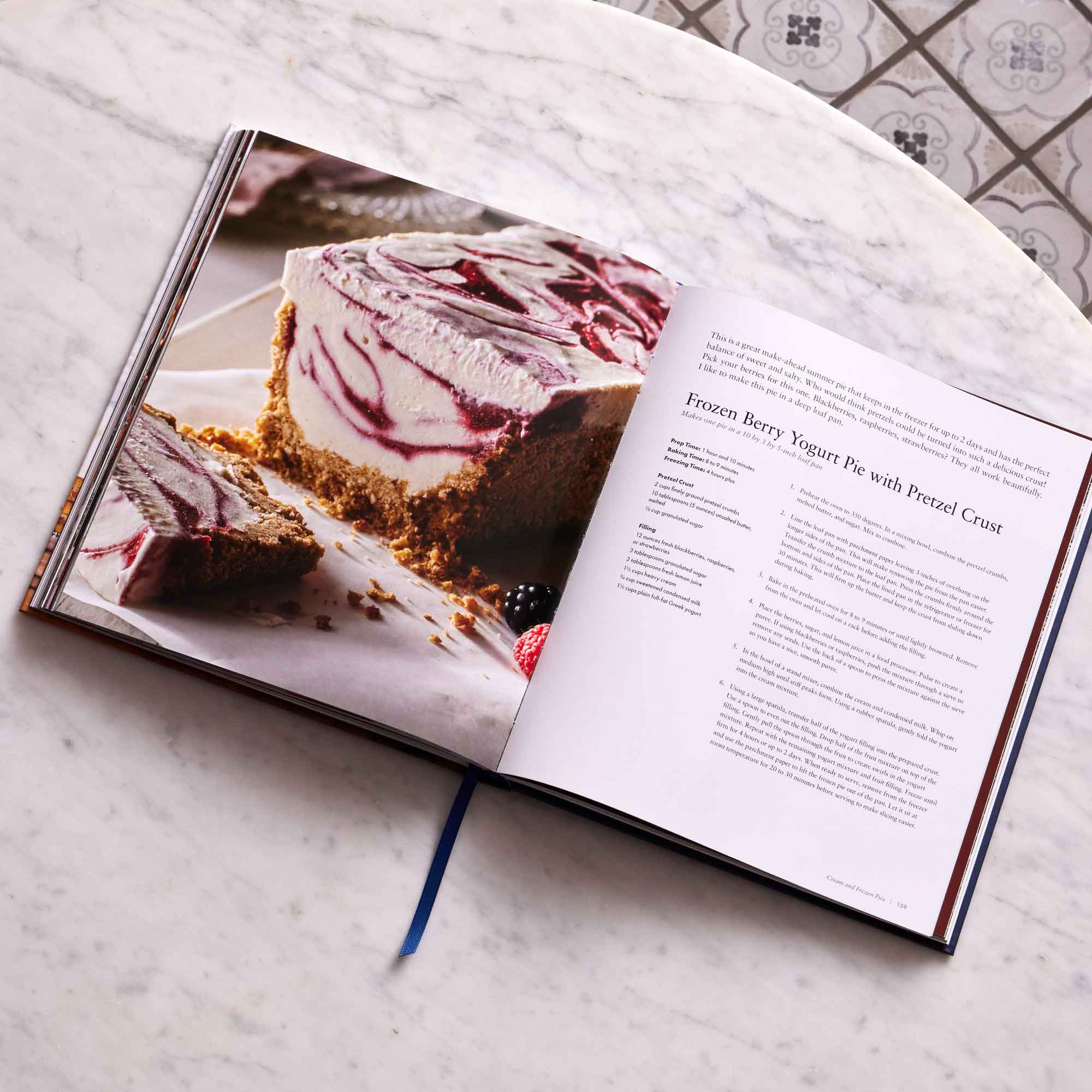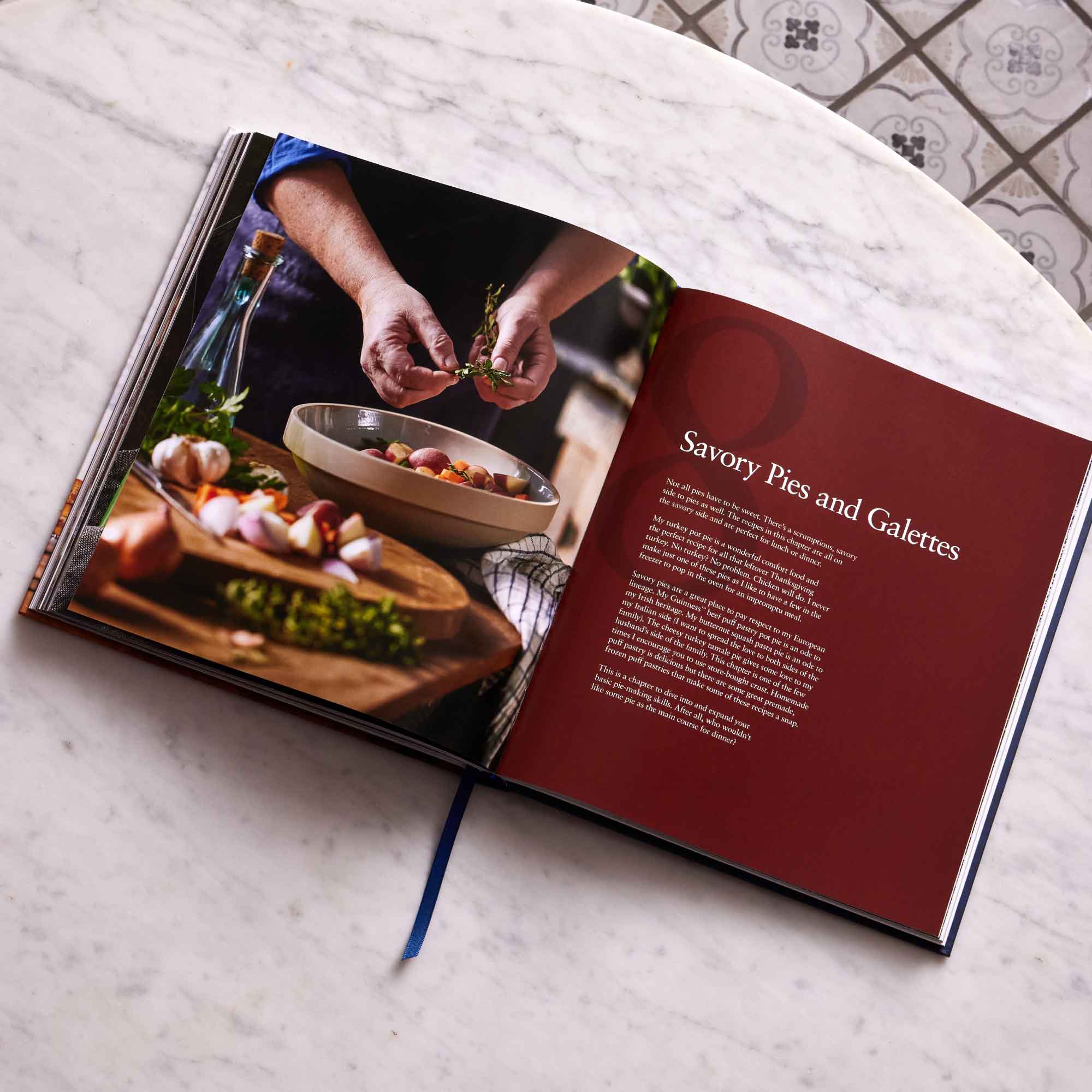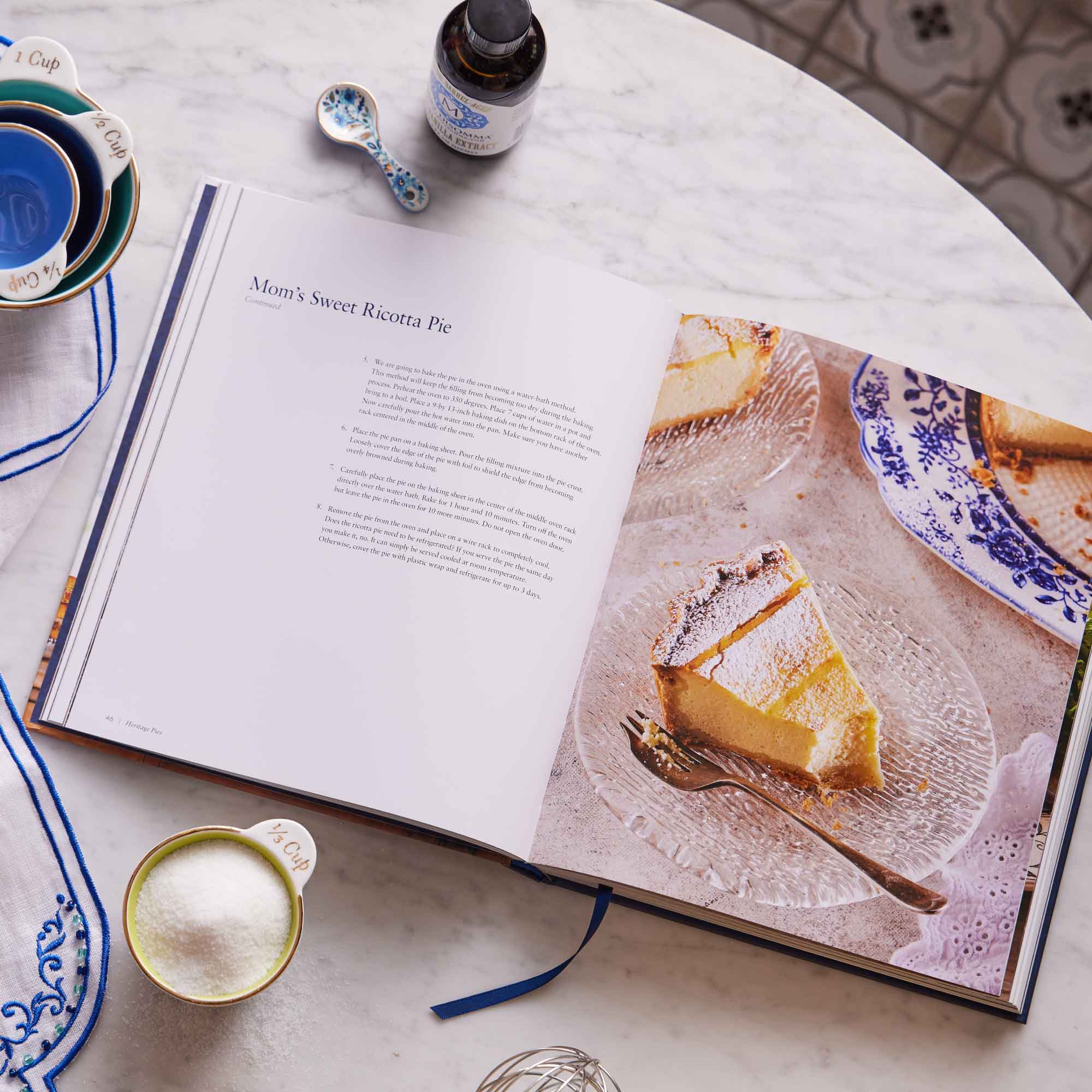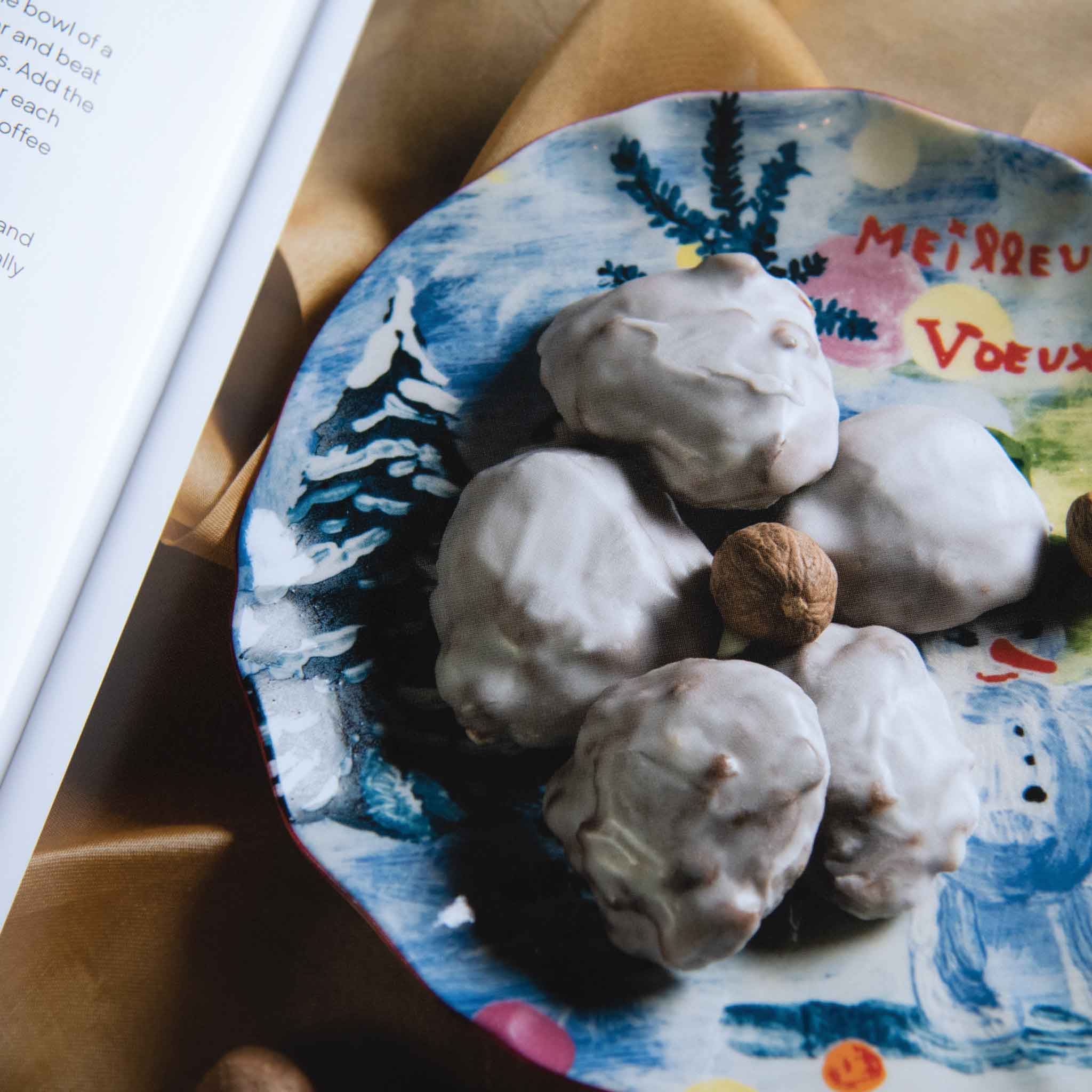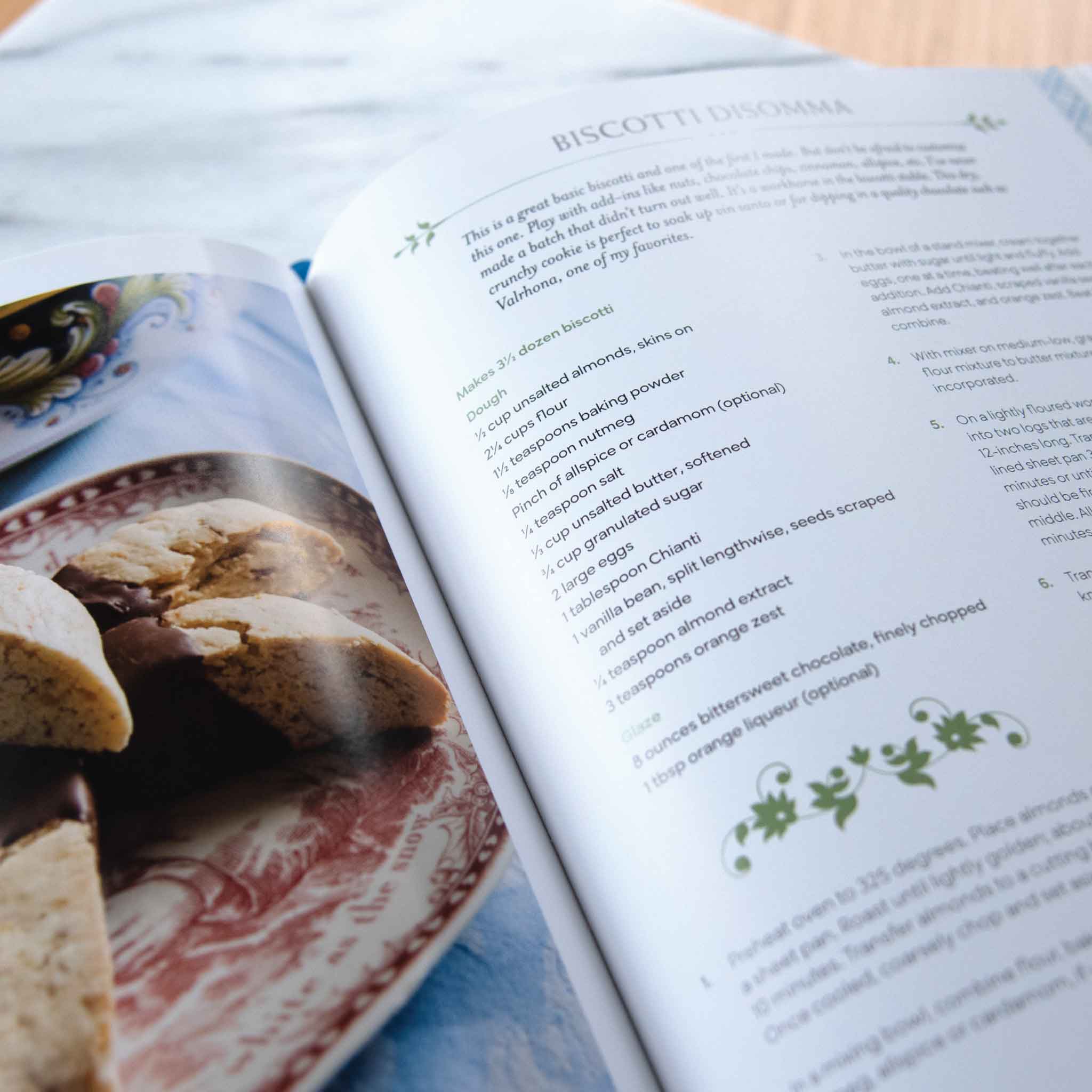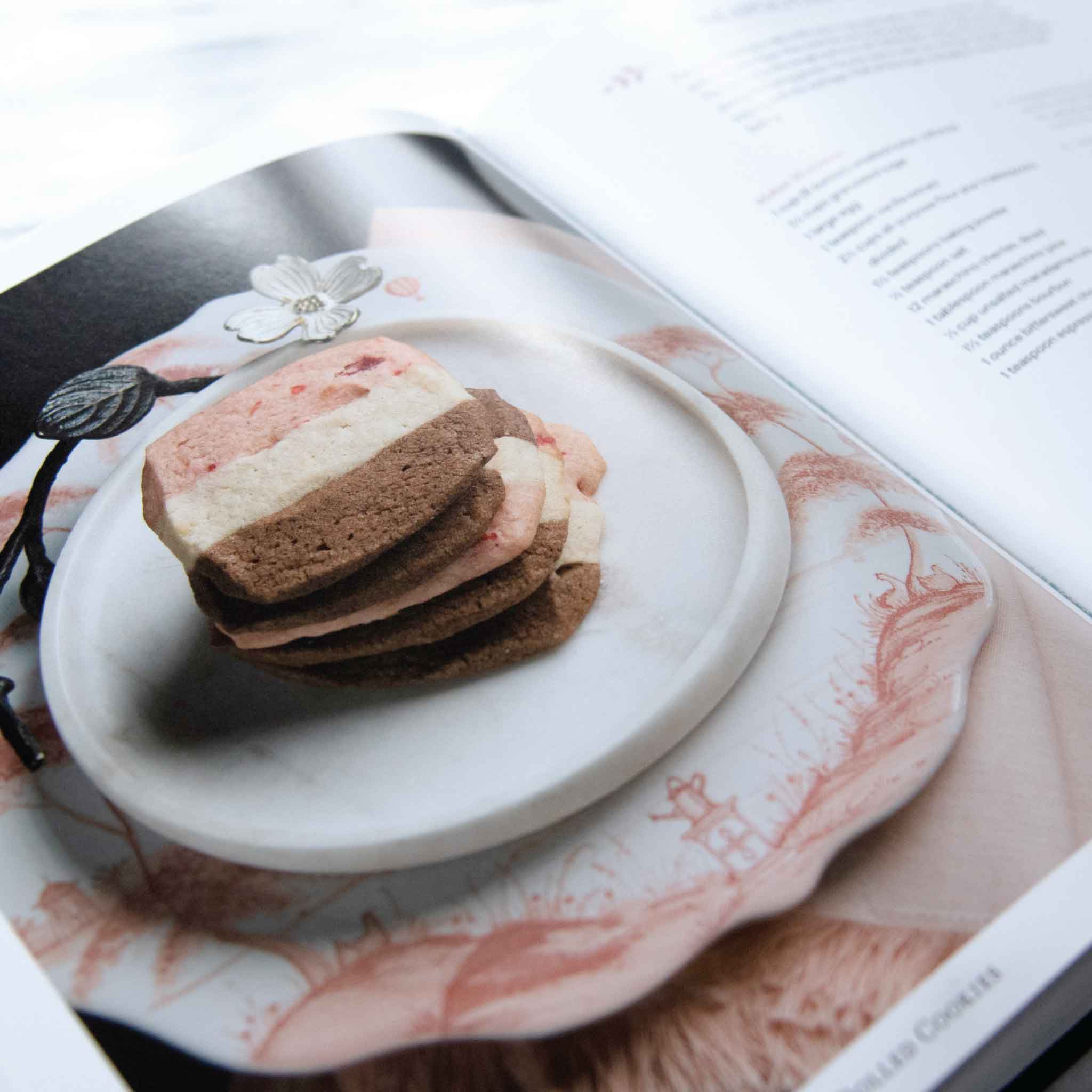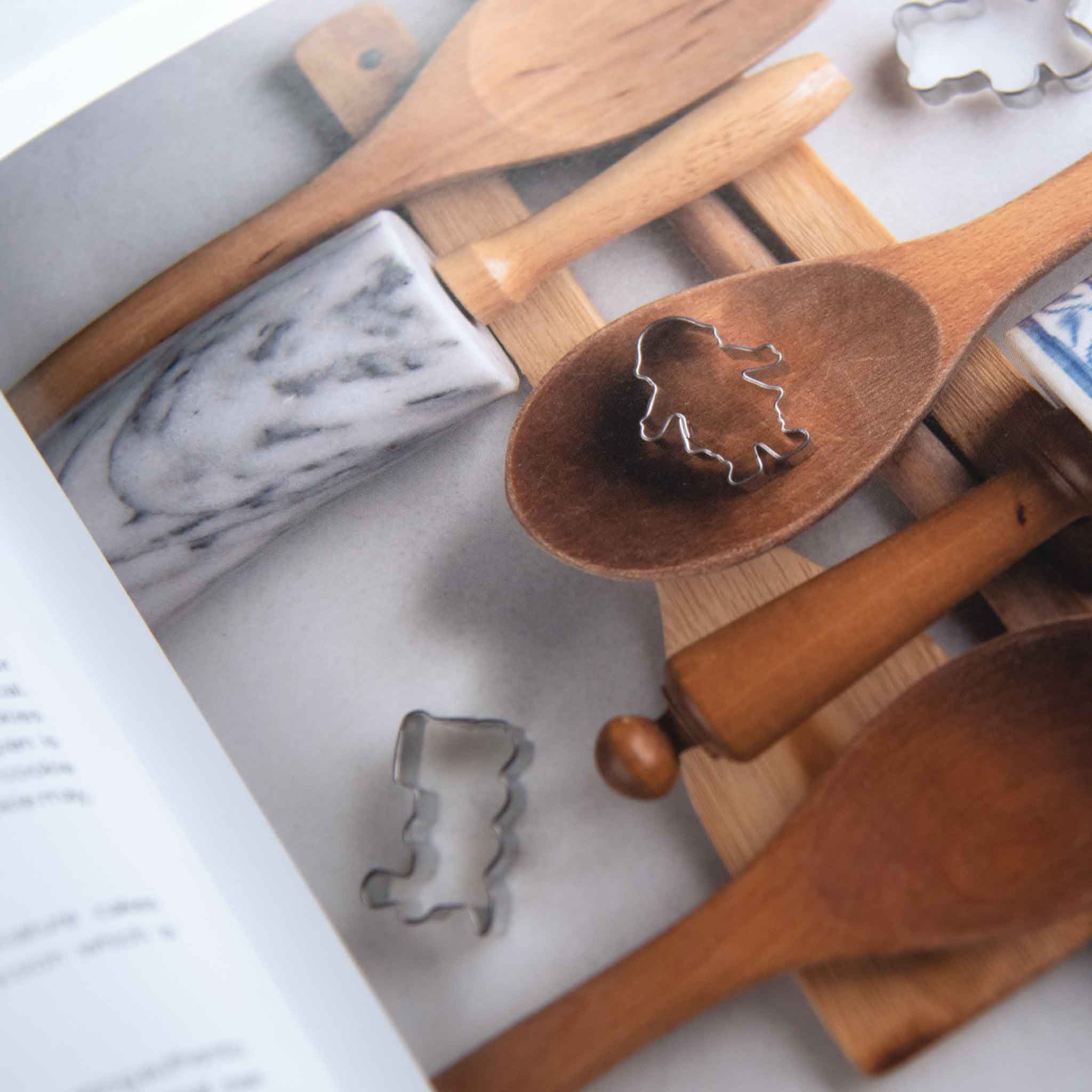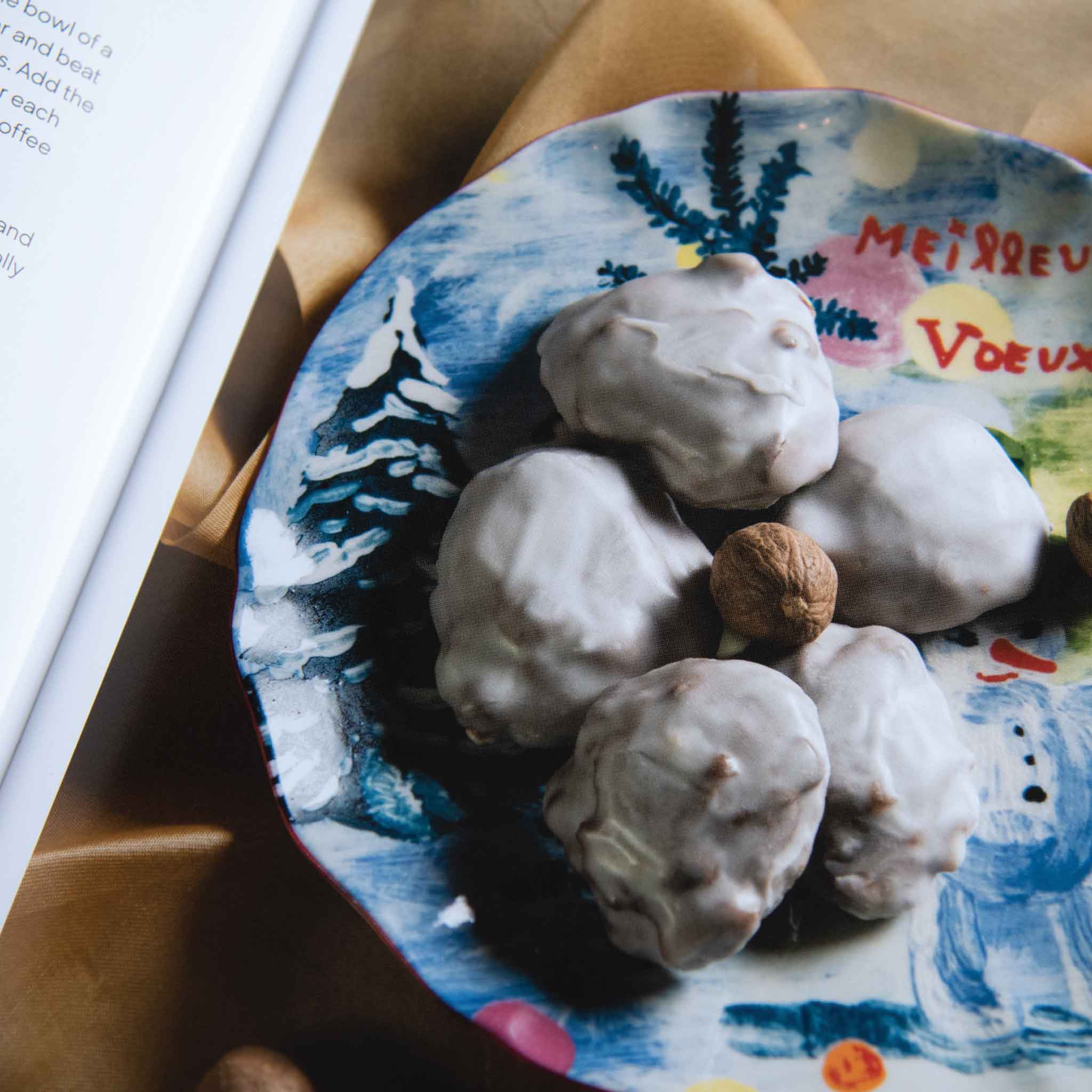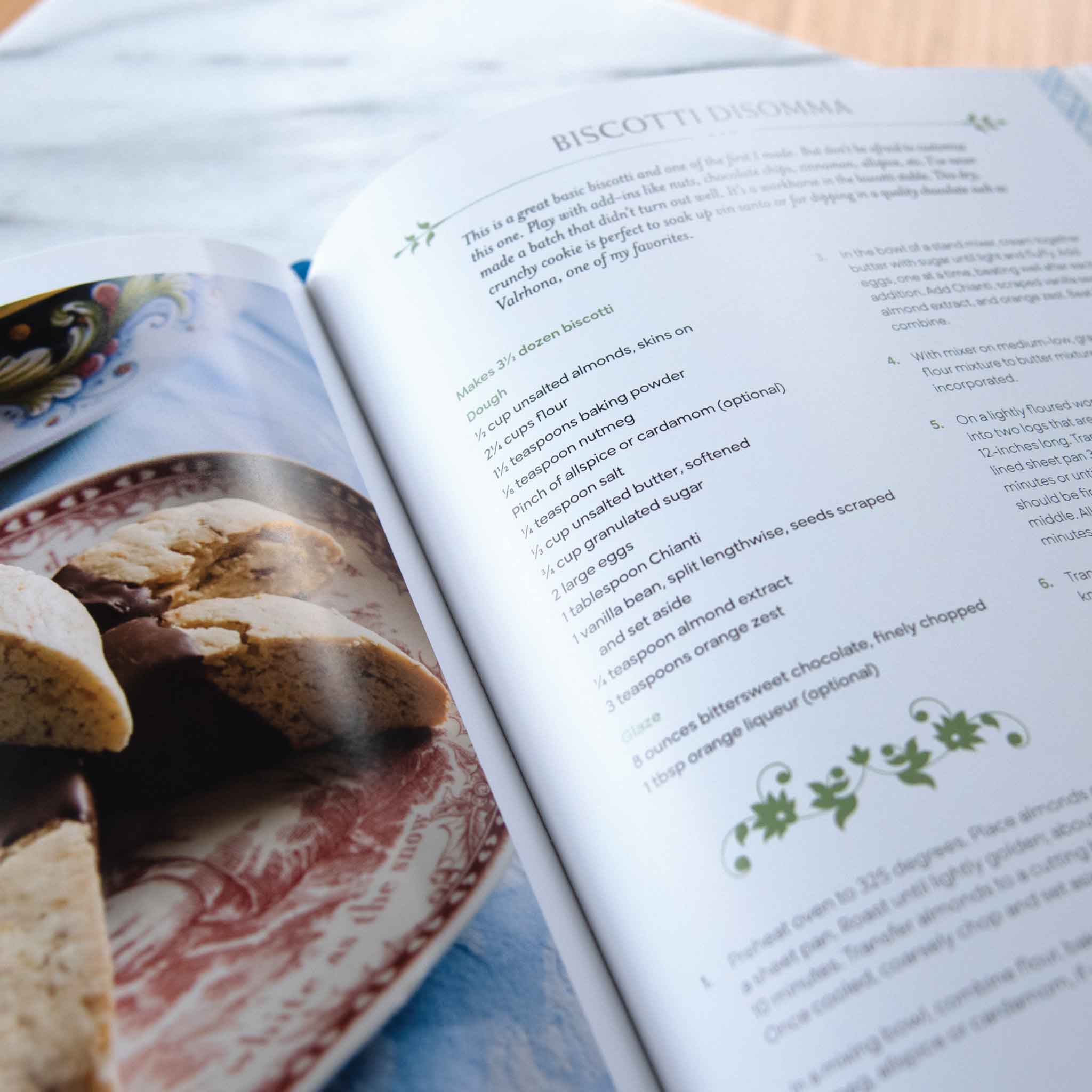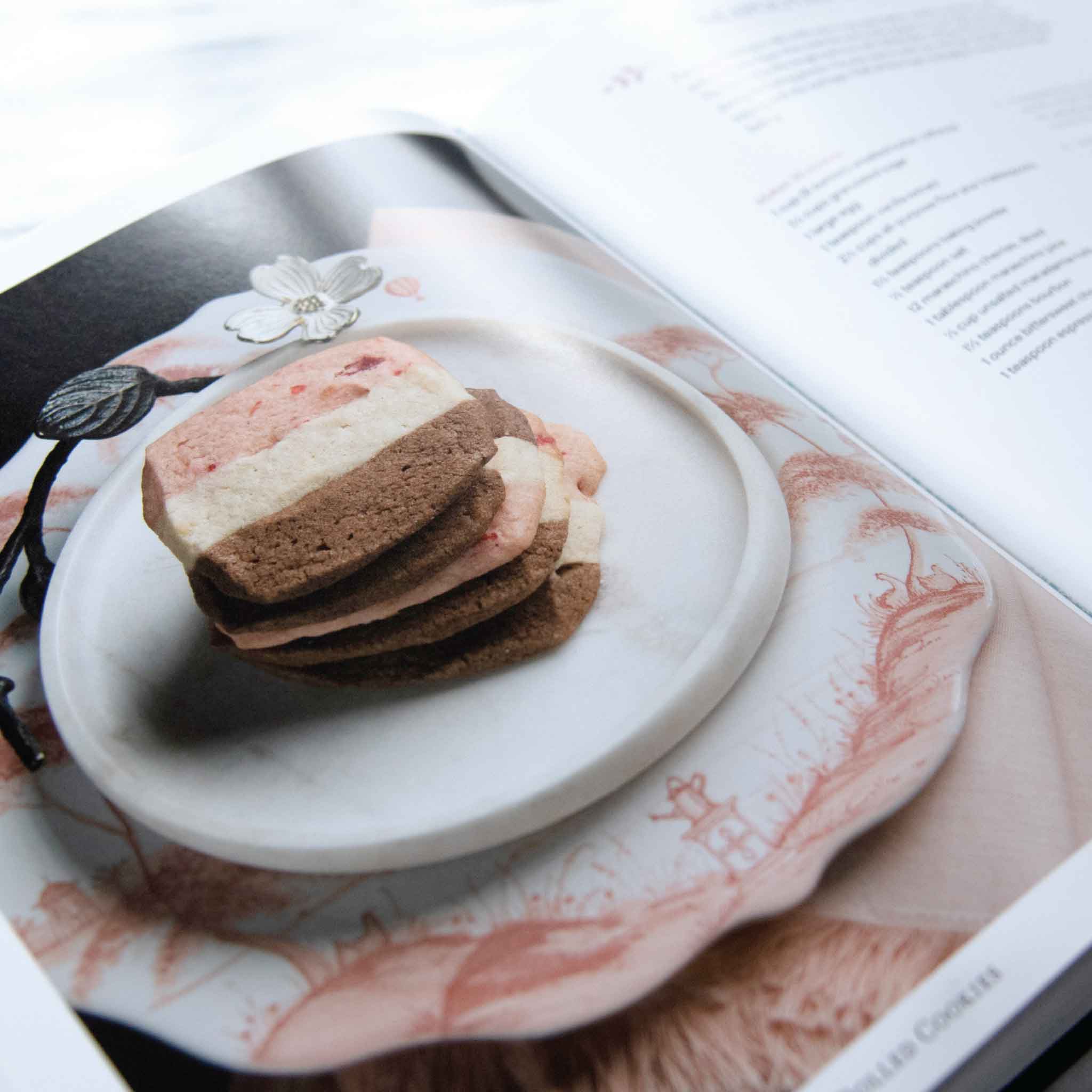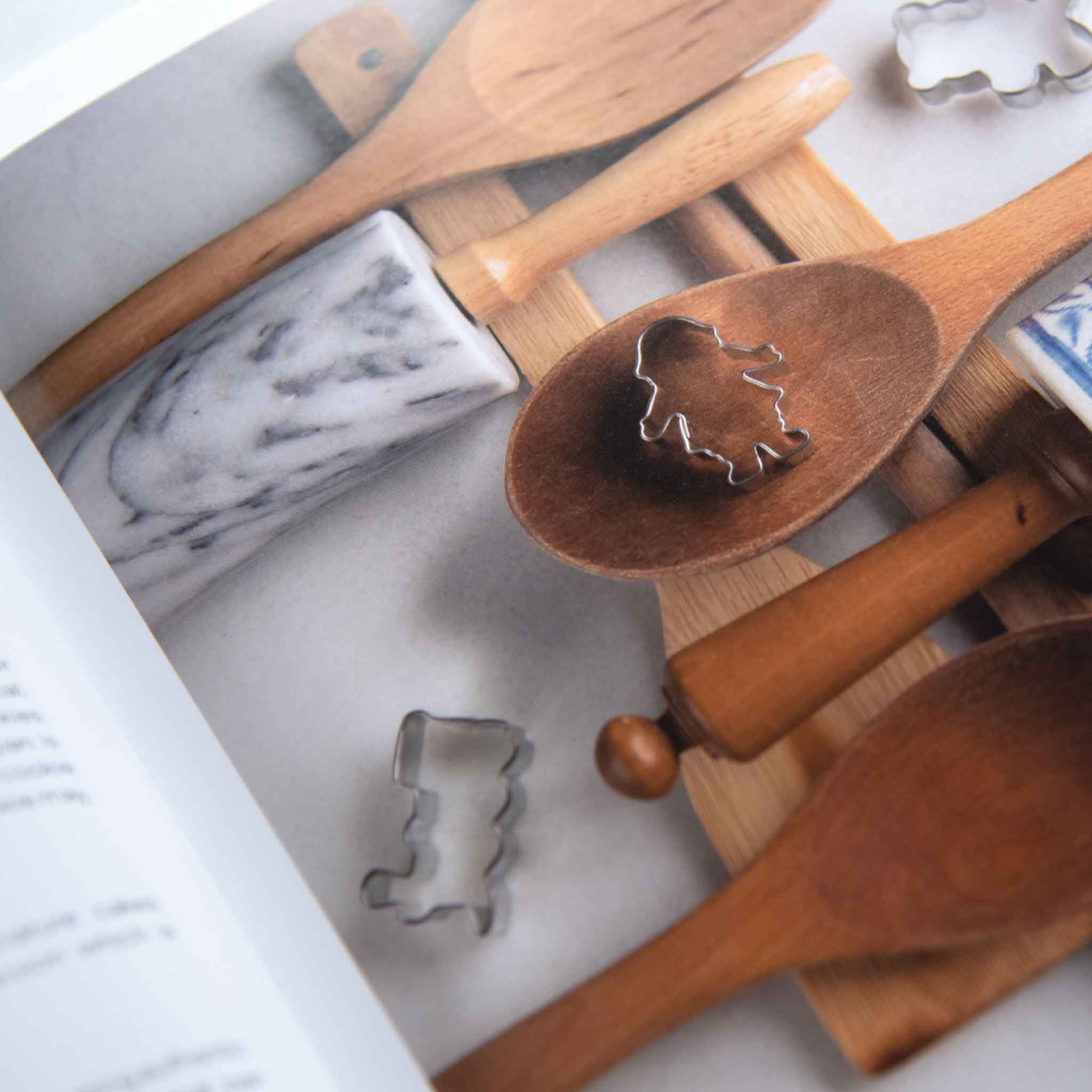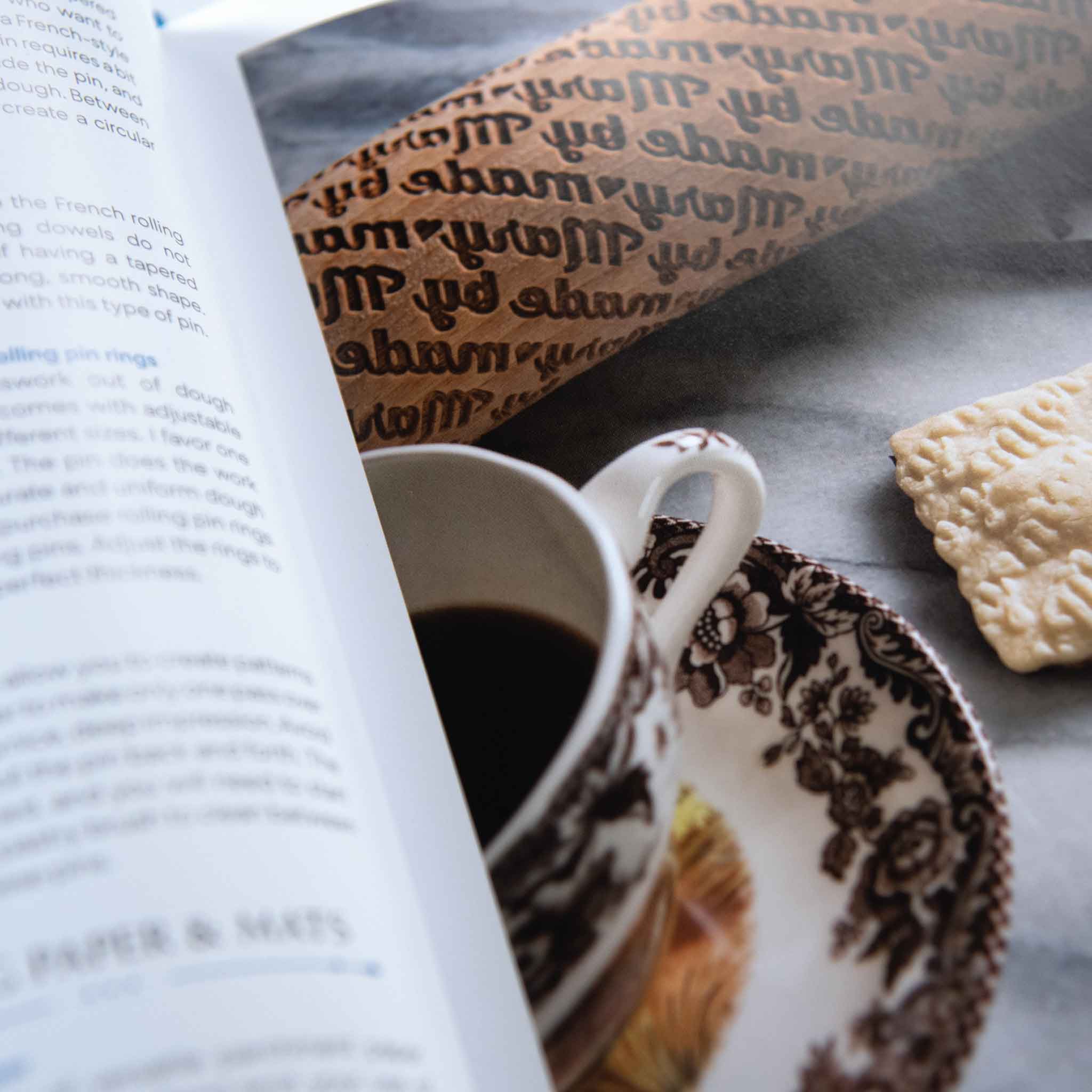There’s something about a slow-braised meal in the oven—the smells alone make the whole house feel like a holiday! This cider-braised brisket is one of my favorite recipes for special occasions because it’s hearty, flavorful, and comforting. The beef melts in your mouth, the potatoes soak up all the juices, and the roasted root vegetables make the table beautiful. The real magic, though, is in the rosemary-fig glaze (recipe included below), which adds a touch of sweetness and warmth to balance out the savory brisket. Let’s get started!

Level up Your Home Cooking: How to Braise Beef Brisket
How do you braise beef brisket at home?
Braising is a slow, gentle cooking method that turns a tough cut of meat into a tender and flavorful meal. To make this braised brisket recipe, you’ll sear the beef on both sides until it’s golden, then simmer it low and slow in a flavorful liquid—like cider, broth, and wine—with vegetables and herbs. The key is patience: a few hours in the oven lets the fibers break down while keeping the meat juicy.




What does apple cider vinegar do to the brisket?
This is a cider-braised brisket recipe—I use apple cider vinegar, which adds brightness to this very rich dish. The acidity also helps to tenderize the meat while it cooks, balances out the fattiness, and enhances the flavor of both the beef and the vegetables.
Should brisket be fat side up or fat side down during cooking?
I like to braise my brisket in a Dutch oven with the fat side down. This allows the fat to slowly melt into the cooking liquid without making the sauce too greasy. It also helps the meat retain moisture.
Are roasted root vegetables healthy?
Yes! Roasted root vegetables like beets, parsnips, and sweet potatoes are packed with nutrients, fiber, and antioxidants. Roasting them brings out their natural sweetness, making them a perfect side dish. If you ask me, beef brisket with vegetables makes a wonderful holiday dinner!


Be sure to make the fig glaze recipe too—it’s so easy and adds so much to the dish!
The rosemary-fig glaze makes this dish extra special. Figs add a jammy sweetness that pairs beautifully with cider and rosemary, creating a glaze that’s both earthy and elegant. It’s a lovely finishing touch for beef or pork, and it tastes incredible drizzled over roasted vegetables or mashed potatoes.


What’s the difference between balsamic glaze and fig glaze?
A balsamic glaze is made by reducing vinegar until thick and syrupy, giving it a tangy, slightly sharp finish. A fig glaze, on the other hand, is more fruit-forward and mellow, offering a rounder sweetness with just a hint of acidity from cider vinegar.
What is fig glaze used for?
This glaze is versatile—you can brush it on meats, use it as a dip for roasted vegetables, or drizzle it over soft cheeses like brie or goat cheese for an easy appetizer. It’s wonderful spooned over grilled chicken, roast beef, or some Roasted Wild Mushroom Crostini Recipe. Yum!
What is a Dutch oven?
A Dutch oven is a heavy, lidded pot—usually made of cast iron. A good Dutch oven retains heat beautifully and, in my opinion, is ideal for braising. It’s one of my favorite kitchen tools because it transitions easily from stovetop to oven, making it perfect for slow-cooked recipes like this one.
Looking for more fall dinner ideas? Try out some of my other Dutch oven recipes!

Cider-Braised Brisket Recipe with Roasted Root Vegetables and Rosemary-Fig Glaze
This easy, slow-braised brisket recipe makes a rustic beef dinner that is sure to impress your guests. Tender, delicious, and perfect for special occasions!
Ingredients
Instructions
- Preheat the oven to 375 °F.
- Season your brisket generously with salt and pepper.
- Heat up the olive oil in a large Dutch oven or roasting pan over medium-high heat. Sear the brisket, fat side down, until it’s nice and brown. Flip it over and brown the other side. This whole process should take about 5 minutes. Remove the brisket from the pot and set aside.
- In the same pot, add the carrots, celery, onion, garlic, and bouquet garni. Decrease the heat to medium and sauté for 7-10 minutes.
- Deglaze the pan with the red wine, then add the beef broth, balsamic vinegar, smoked paprika, sugar, and Dijon. Scrape in any brown bits, stir well, and simmer on low for a few minutes.
- Return the brisket to the pot, fat side down, and place a piece of parchment over the meat. Cover the pot tightly with a lid and braise in the oven for 20 minutes. Decrease the temperature to 325 °F and cook for another 2 hours and 30 minutes.
- While the brisket is cooking, take your root vegetables and toss them in a bowl with the olive oil, maple syrup, mustard, salt, and pepper. Spread them out evenly across 2 sheet pans, cover, and set aside.
- Now to make the glaze! Combine the figs, cider, rosemary, vinegar, mustard, and salt in a small saucepan. Simmer over medium heat until the figs are soft and the mixture thickens slightly (about 10 minutes). Let the mixture cool for a few minutes, then mash gently until a soft paste forms. Set aside in the pan.
- After 2½ hours, remove the brisket from the oven, peel back the parchment, nestle the potatoes around the brisket, and replace the parchment. Put the lid back on and return to the oven for 30 more minutes or until the potatoes are cooked and the brisket is fork-tender. The brisket is done when it reaches a temperature between 195 and 205 °F. Remove the pot from the oven and keep it covered in a warm place.
- Turn the oven up to 400 °F, and roast the root vegetables for 30-40 minutes, turning them over once and switching the pans around, until caramelized and golden.
- Take the brisket from the pot to a carving board and slice against the grain.
- Transfer the potatoes from the pot to a serving bowl. Strain the juices from the pot into a pitcher, discarding the celery, carrot, onion, and bouquet garni.
- Add ¾ cup of those juices to the fig glaze and return to heat. Bring the mixture to a low simmer. Pour ¼ cup of juice over the potatoes. Any remaining juices can be transferred into a gravy boat for the table. If you don’t have a gravy boat, you can serve it straight from the pitcher.
- Transfer the root vegetables into a serving bowl and the fig glaze into a small bowl with a spoon for ladling over the brisket. I hope you enjoy this delicious meal!









